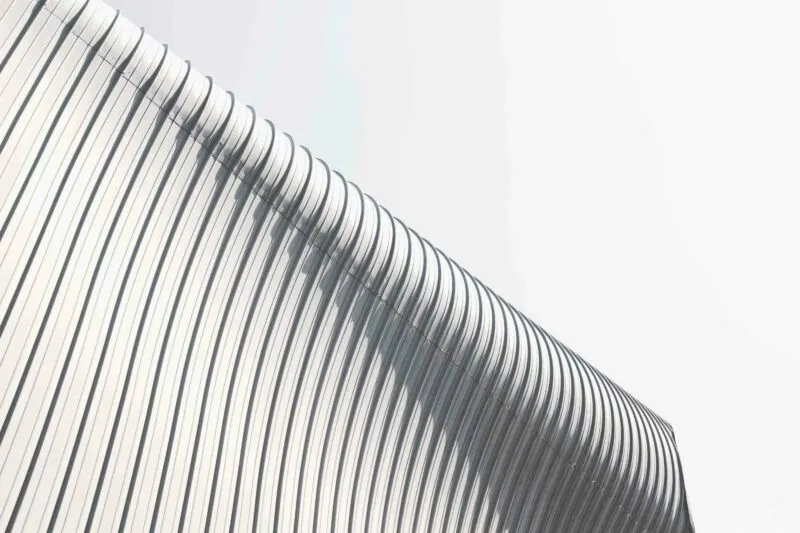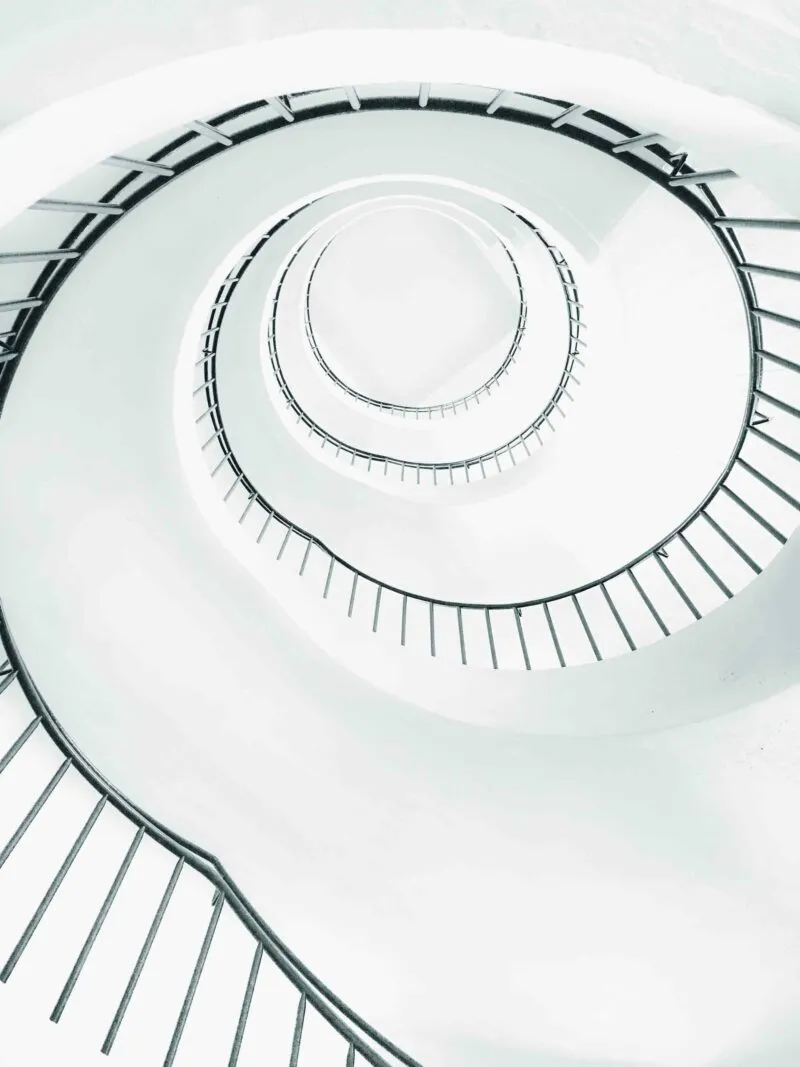Grace periods in Australian patent law
Information released into the public domain before the filing of a patent application (either with or without approval of an applicant) may be utilised to invalidate a patent during or after prosecution. A safety net in the form of a grace period is generously provided by Australian patent legislation, however its existence is fleeting and subject to a number of conditions which an applicant must meet.
A general feature of patent law is that for an invention to qualify as a patentable invention, it must be novel with an inventive step. Novelty and inventive step are generally determined by comparing the invention claimed in a patent application with information that has entered the public domain before the priority date of the patent application. Novelty may also be assessed by reference to the disclosures in a patent application having an earlier priority date but a publication date after the priority date of a patent application under prosecution or subject of an invalidation proceeding such as re-examination. This latter requirement is referred to as “whole of contents novelty” as discussed in The Holes in Whole of Contents.
Information entering the public domain may arise out of publications or uses. Whilst the criteria for assessment of the disclosure of the prior publication or the prior use for novelty and inventive step purposes varies from country to country, once satisfied, an invention cannot be regarded as novel and/or inventive. Hence, not a patentable invention. But is this always the case?
What is a grace period?
The Comprehensive and Progressive Agreement for Trans-Pacific Partnership (CPTPP), which became effective on 30 December 2018, includes a useful definition of grace period as agreed by the parties to the Agreement. It provides in Article 18.38:
Article 18.38: Grace Period
Each Party shall disregard at least information contained in public disclosures used to determine if an invention is novel or has an inventive step, if the public disclosure: (a) was made by the patent applicant or by a person that obtained the information directly or indirectly from the patent applicant; and (b) occurred within 12 months prior to the date of the filing of the application in the territory of the Party.
Australia is a signatory to the CPTPP and on assessment of the provisions of the Patents Act 1990, this legislation was found to be in compliance with this Article.
Key Australian grace periods
Under Australian patent law, the operation of the various grace periods is dictated by the nature of the public disclosure. In order to utilise a grace period, it is essential that a patent application is filed within the requisite time frame as set out in this summary.
Circumstance A
- Public disclosure - Published, shown or used at a recognised exhibition.
- Patent application filing requirement - Complete application (includes PCT application) filed within 12 months of disclosure or within 12 months after the filing of a priority application, provided the priority application was filed within six months of the disclosure.
Circumstance B
- Public disclosure - Read before a learned society or published by or on behalf of a learned society.
- Patent application filing requirement - Complete application (includes PCT application) filed within 12 months of disclosure or within 12 months after the filing of a priority application, provided the priority application was filed within six months of the disclosure.
Circumstance C
- Public disclosure - Made publicly available because the invention was worked in public; and the working of the invention was for the purposes of a reasonable trial of the invention; and because of the nature of the invention, it was reasonably necessary for the working to be in public.
- Patent application filing requirement - Complete application (includes PCT application) filed within 12 months of public working or within 12 months after the filing of a priority application, provided the priority application was filed within 12 months of the disclosure.
Circumstance D
- Public disclosure - Made publicly available without the consent of the nominated person or patentee, through any publication or use of the invention by another person who derived the information from the nominated person or patentee or from the predecessor in title of the nominated person or patentee.
- Patent application filing requirement - Complete application (includes PCT application) filed within 12 months of publication.
Circumstance E
- Public disclosure - Made publicly available in any other circumstances, by or with the consent of the nominated person or patentee, or the predecessor in title of the nominated person or patentee.
- Patent application filing requirement - Complete application (includes PCT application) filed within 12 months of publication of use, provided that the publication or use was on or after 1 April 2002.
Circumstance F
- Public disclosure - Made publicly available with the consent of, the nominated person or the patentee, or his or her predecessor in title, to the Commonwealth or a State or Territory, or an authority thereof; or a person authorised by the Commonwealth or a State or Territory to investigate the invention.
- Patent application filing requirement - Indefinite.
Of these disclosures, the E type of public disclosure is the most commonly encountered circumstance. Essentially this provision allows for any publication or use of an invention by an applicant to be disregarded, provided that a complete application (for example a PCT application), is filed within 12 months of this disclosure. Unlike countries such as Japan, the earlier publication may be a patent application.
It would therefore appear that the grace period available in the E type circumstances is relatively generous. But what about the other circumstances? Of these, the D circumstance is essentially the same as E. In addition the A, B and F circumstances are rarely encountered.
Australian patent law has long-recognised that it is impractical to test or evaluate some inventions without necessarily disclosing such inventions to the public. To protect such inventions, circumstances of disclosure as summarised under C, are required to be disregarded in a novelty and inventive step assessment. The scope of circumstance C has recently been considered by the Full Federal Court of Australia.
Fuchs Lubricants (Australasia) Pty Ltd v Quaker Chemical (Australasia) Pty Ltd [2021] FCAFC 65
Quaker owned two patents relating to a method for detecting high pressure fluid injection (HPFI) injuries. These injuries can occur where fluid is kept under high pressure in machinery, such as hydraulic machinery used in mines. Fluid may escape from the machinery for example, through a small crack in a tube carrying the fluid. When it escapes, it can emerge under high velocity as a fine stream of liquid which is capable of injecting itself into the body of a person. Injuries of that type are difficult to detect and can lead to severe health consequences.
Quaker’s patents are directed to a method for detecting HPFI in a patient. This is accomplished by including a dye in the hydraulic fluid that fluoresces in the presence of ultraviolet light. The method involves the use of the fluorescent property to then detect any HPFI in a patient.
Fuchs was alleged to infringe the Quaker patents by supplying hydraulic fluids to customers in the mining industry. Fuchs contended that the Quaker patents were invalid as the invention embodied in those patents had been disclosed before the priority date of the patents. Quaker maintained that this disclosure fell within the grace period provided by circumstance C.
Quaker’s disclosure
It was accepted that the inventor named on the Quaker patents had made three disclosures within the 12 months preceding the priority date of the patents. Further, that if any of these disclosures was not covered by the C circumstance grace period, the patents would be invalid.
The first and second disclosures were found to be the most relevant. Here the inventor disclosed the use of Oil-Glo in hydraulic fluids to facilitate detection of HPFI using a UV/blue light to the manager of mechanical engineering at the Metropolitan mine, and demonstrated detecting HPFI with fluorescent dye using a simulator in the car park at the Metropolitan mine.
Regulation 2.2
This regulation requires that, for circumstance C to apply the working in public of the invention within the period of 12 months before the priority date of a claim, the invention must be:
- for the purposes of reasonable trial and
- if, because of the nature of the invention, it is reasonably necessary for the working to be in public.
Although it could be said that the first and second disclosures related to a subsequent working of the invention in public, these disclosures did not arise out of any reasonably necessity of working the invention public. Therefore both disclosures were found to be novelty destroying for the two Quaker patents.
The court noted that the first and second disclosures could have been made the subject of a confidentiality agreement, which would have precluded their prejudicial effect.
Grace period tightening?
In one sense, it could be said that the court has restricted the scope of the activities that would qualify for protection under circumstance C. That is, ruling out activities that are only related to circumstance C.
But if one were to consider the disclosures 1 and 2, it is evident that both would qualify under circumstance D but for the fact that the priority application was a provisional patent application. Had the application been a complete patent application or a PCT application, circumstance D would have been satisfied. Therefore at most, the court has clearly delineated the boundary between activities falling within the scope of circumstance C and circumstance D.


